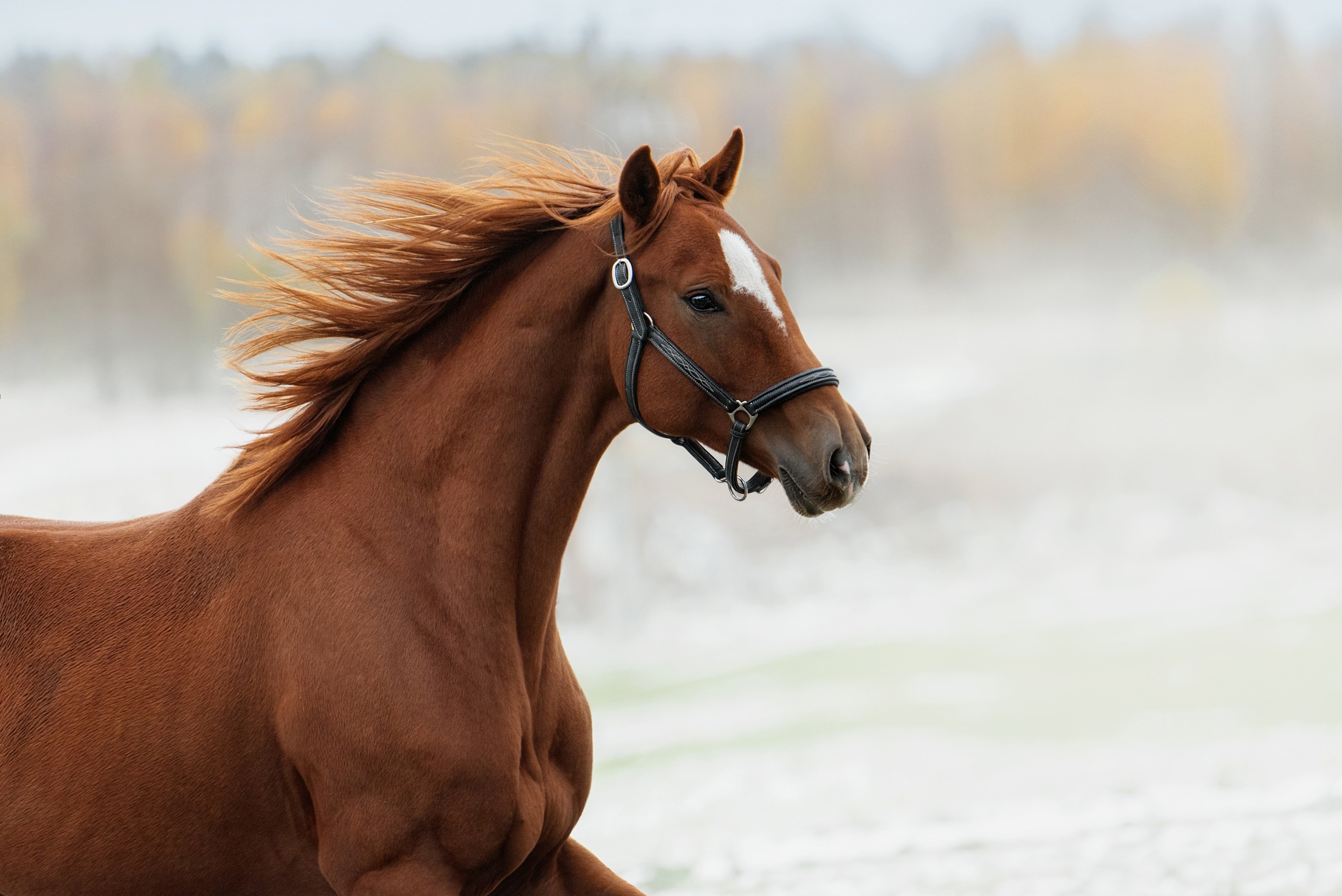
Allergen Avoidance for Horses
For many horses, allergens are a primary cause of discomfort, leading to conditions like atopic dermatitis or Insect bite hypersensivity (IBH). While the ideal solution would be to eliminate these triggers, total allergen avoidance is impossible. Allergens are present in many everyday environments, and even with the best efforts, horses will inevitably encounter some form of exposure.
While we cannot eliminate all allergens, there are several strategies that can help to reduce contact and potentially the severity of allergic reactions.
On this page:
Tips to reduce exposure to storage dust mites
- Minimizing dust in the barn and using rubber mats instead of stall bedding can help maintain air quality.
- Washing blankets, saddle pads, and leg bandages regularly with hot water supports hygiene.
- Storing food in airtight containers in a cool, dark, and dry environment helps preserve quality.
- Keeping horses outside or limiting stabling time may be beneficial.
- Wiping the muzzle with a damp cloth after meals and keeping food buckets, bins, and tubs clean can reduce food residue buildup.
- Managing food stockpiles by purchasing smaller quantities and limiting storage time helps maintain freshness.
- Maintaining barn humidity below 45% and temperature under 21°C, possibly with a dehumidifier, can improve air quality.
Tips to reduce exposure to insects
- Reducing insect exposure can be managed by keeping horses away from standing water, manure piles, compost, and cattle.
- Other way is stabling horses before dusk and keeping them inside until after dawn may help limit contact with insects.
- Using fly sheets or masks with a ± 32x32 per 2-5 cm grid meshing and treating them with permethrin repellent can provide additional protection.
- Additionally, placing box fans in stalls can help disrupt insect activity and improve airflow.
Tips to reduce exposure to pollens
There are a few ways in which you can minimize your horse's exposure to pollens
- Restricting outdoor activity. Pasture times only in the morning, evening or after rainfall when pollen numbers are low.
- Keeping windows and doors of the barn closed on warm and windy days and opening them when pollens numbers are low.
- Moving the horse to a different environment or a different barn.
- Using dry blankets, saddle pads and leg bandages while inside.
- Minimising dust in the barn
Tips to reduce exposure to molds
- Removing molds from damp environments and surfaces with a mold cleaner.
- Considering keeping the horse outside or restricting to stabling.
- Lowering the humidity and increasing ventilation indoors.
- Avoiding forest walks in autumn or in humid weather.
- Drying clothes and bedding outdoors instead of indoors.
- Feeding hay outdoors or considering another type of hay.
- Minimising dust in the barn.
